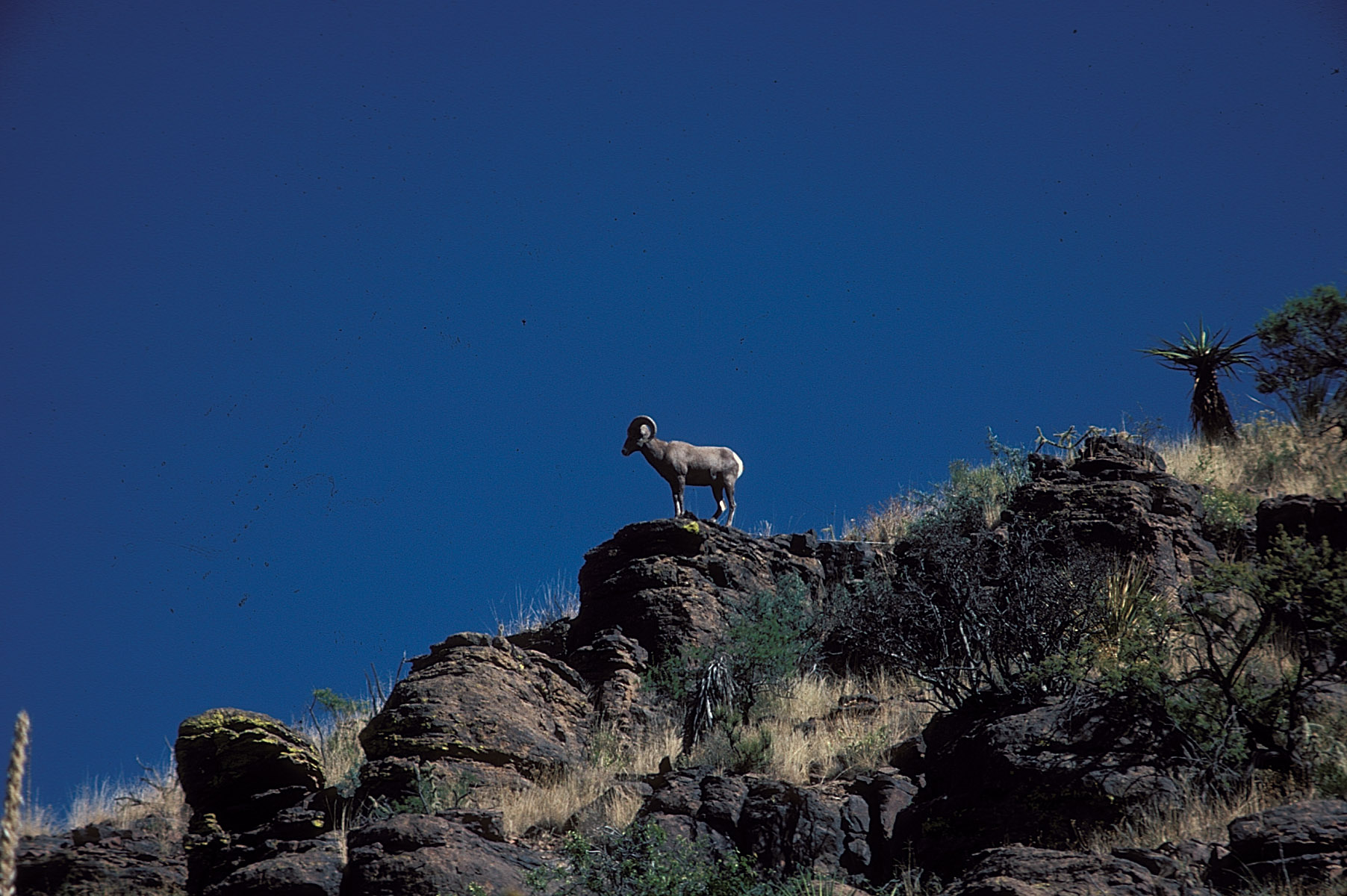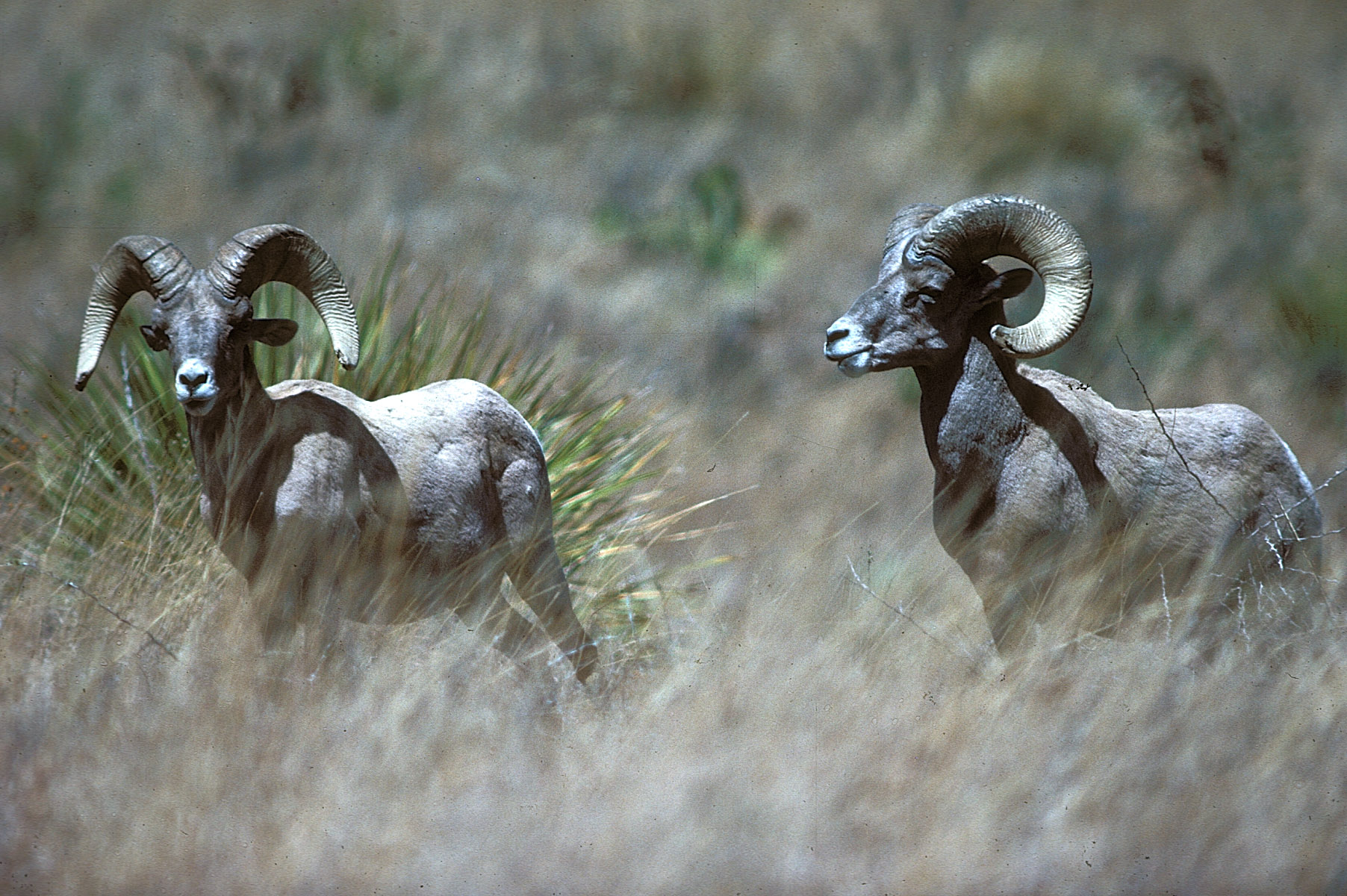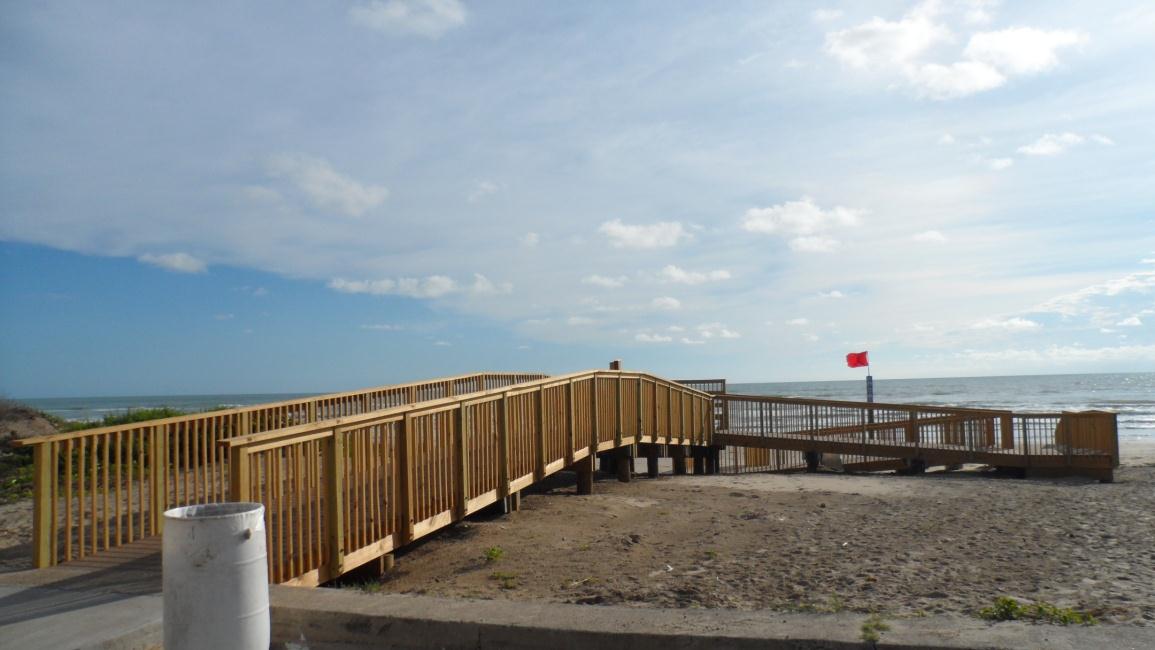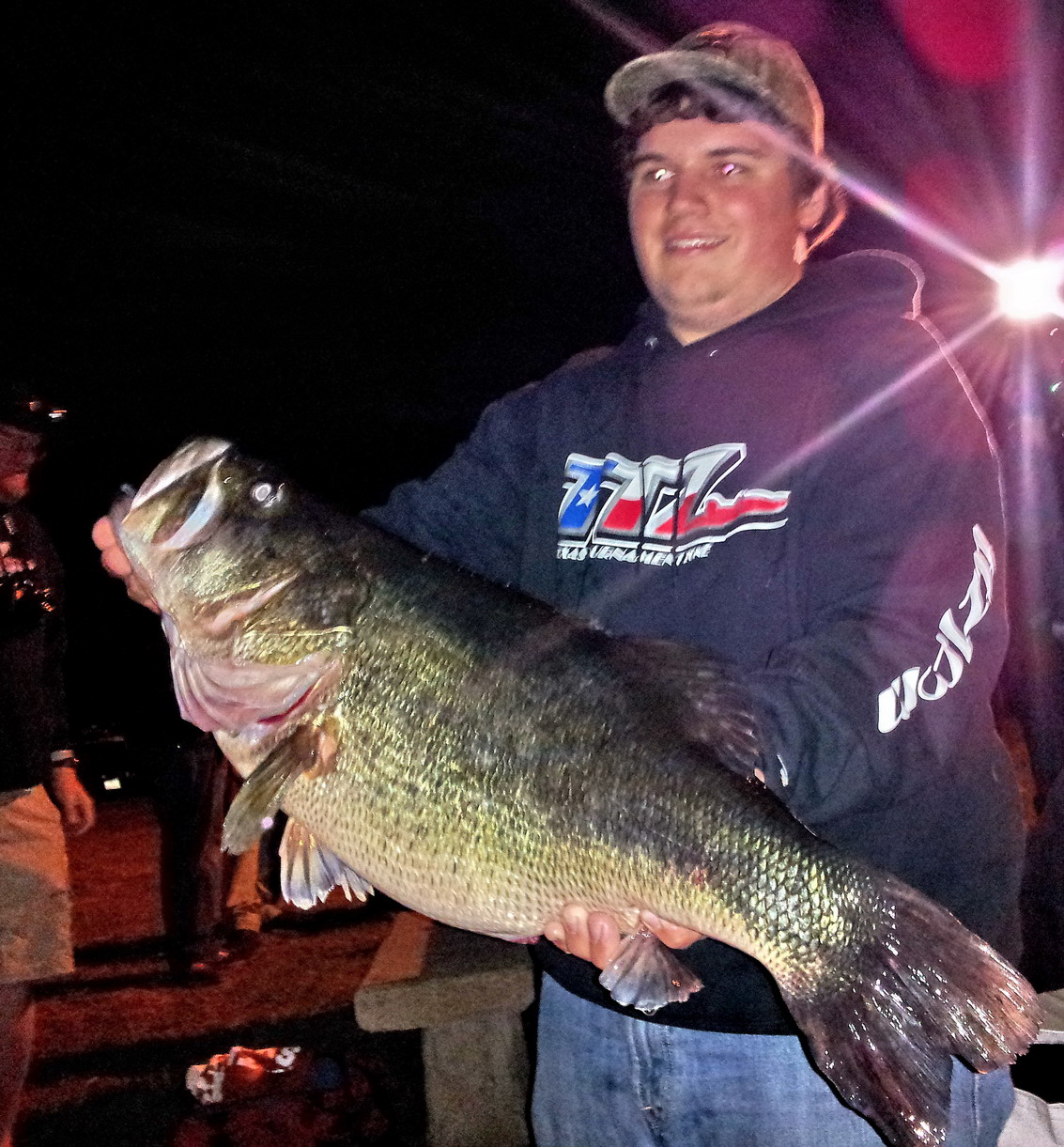Angling: Trout Stocking in Texas
Monday, December 16th, 2013This is Passport to Texas
We’re headlong into the holiday season; what better way to celebrate than with rainbows – rainbow trout, that is.
13— We do winter stockings when the water temperatures permit it, to provide an opportunity for anglers to catch trout in Texas. It’s a species of fish that anglers wouldn’t catch otherwise, so we stock them, and we intend them all to be caught out during the season.
Purchase of the trout is funded by anglers, through their purchase of the Texas freshwater fishing stamp. Carl Kittle (kitl) is a program director for Inland Fisheries. Drought had an impact on lake levels statewide over the past two years, but things are looking up in 2013.
13 – This year, things are pretty well back to normal. It’s very dry out west, but it looks like our normal level of stocking in over 120 sites will happen. In fact, we’re looking to stock about 130 sites this year.
Texas Parks and Wildlife plans to distribute approximately 289,000 rainbow trout amongst the various locations, including urban neighborhood fishin’ holes.
07 – We publish a schedule on the Texas Parks and Wildlife Department webpage. Look for the winter trout stocking link.
Carl Kittle says we stock rainbows in winter because these fish cannot survive our hot summers. So, when you reel one in this winter, take it home and eat it.
The Wildlife and sport fish restoration program supports our series and helps to fund rainbow trout stocking in Texas.
For Texas Parks and Wildlife…I’m Cecilia Nasti.







 Passport to Texas is a
Passport to Texas is a  Passport to Texas is made available by:
Passport to Texas is made available by: